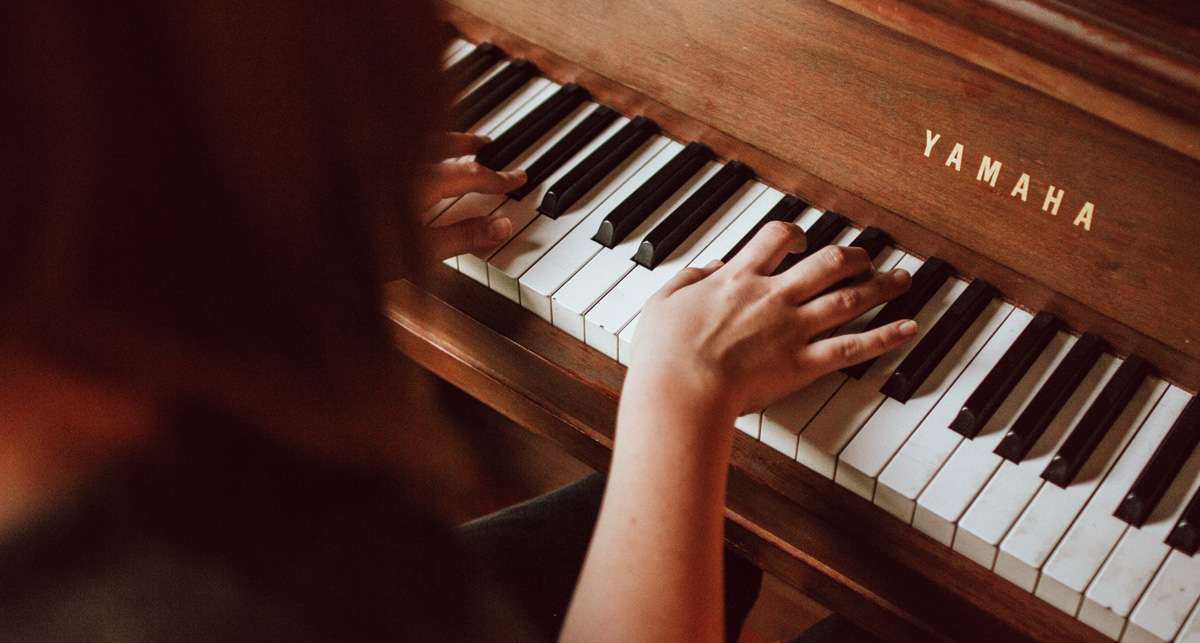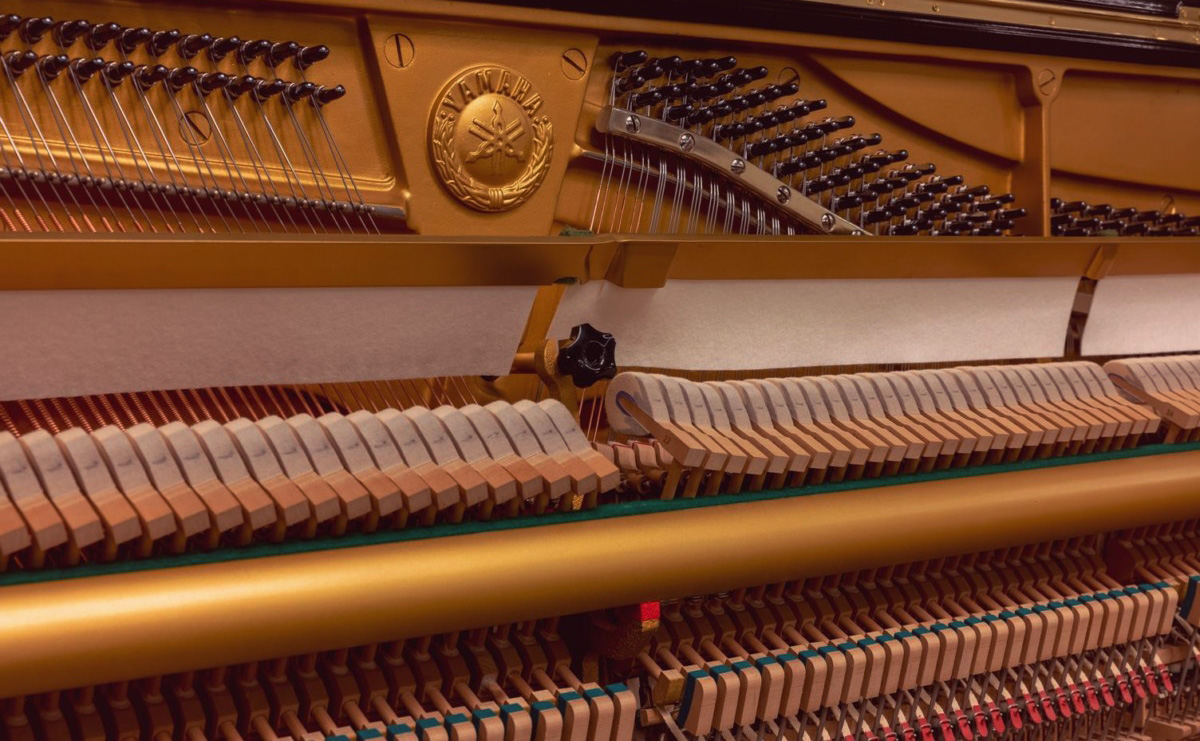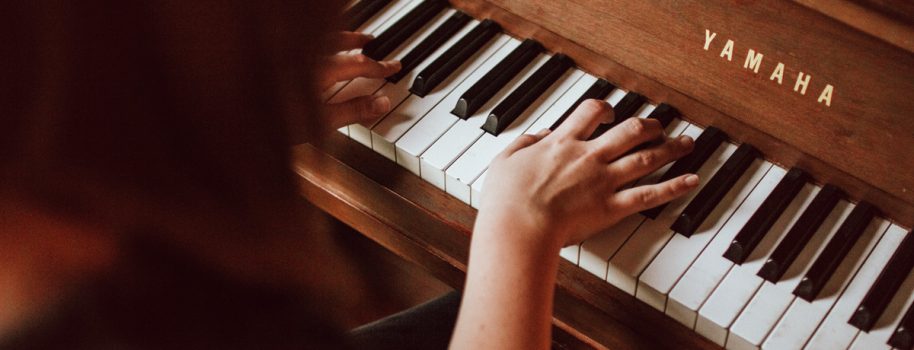Do you want to find out what to check before buying a Yamaha Piano? Do you know why so many people choose to buy pianos of this brand? In this article I will share with you my experience and knowledge about the Yamaha brand.
Most of us recognize this world-famous manufacturer of pianos. Yamaha has gained a worldwide reputation for the quality of its products combined with their reasonable prices. The manufacturer has created a full range of piano models to suit every type of customer. I would like to focus primarily on the most popular Yamaha piano models. I know from my experience that parents looking for Yamaha pianos for their children focus on higher U1 and U3 pianos or smaller models such as the M5J, M1J, C108.
The advantage of these models is their “accessibility for the fingers” even for the less experienced pianists, holding the tuning well as well as their trouble-free tuning service. What’s also important is that from the outside, these models look classic and fashionable at the same time. Another advantage of the Yamaha brand is that it will be easier to sell compared to other brands. Often, parents take into account the fact that their child will change their mind and will stop playing the piano faster than expected.
What should I look for and how should I look at a piano in order to catch any common defects? Apart from typical things you have to check before buying any piano, with the Yamaha brand, pay attention to a few things that I will talk about below.

1. Check the condition of the stapes from the forks of the nut lever or ask your piano dealer about it
It is one of the elements of the pianos mechanism where there is a spring with a string. Yamaha used a thin brown string in the cradle. After years of playing the piano, it may become brittle and fragile. In such a piano, due to the lack of spring tension, the mechanism will not work properly. You might have a feeling that the keys are getting stuck. Checking the strings is quite difficult for a beginner, because the stapes are obstructed by other elements and in order to see them clearly it is best to remove the mechanism from the piano. When it comes to repairing and gluing new strings, it’s easy to do for the corrector. However, this is a tedious task, taking about one business day, after which you need to adjust and set the mechanism again.
2. Listen to the quality of the bass sound
If you are buying a used piano, e.g. from the ’70s or ’80s, check the sound of the bass strings. It happens that some of the strings can sound much worse than the rest. They sound as if they were squeezed, deafer or duller. In small school models, this usually applies to bass strings with a single copper winding. In higher models like the U1 and U3 from the seventies, there are instruments in which the basses, especially the last lowest sounds with double-winding strings, no longer have as much power and shine as they had in the younger years. This mainly applies to popular models like the U1H and U3H, which I personally value very much. What you can do before replacing the worse playing strings is to attempt to spin the lower hook after loosening the string on the peg. This often improves the sound, but is not always 100% satisfying to the picky listener.
3. Check what the front of the white keys looks like
This may be a matter of aesthetics, but it is not less important. The front of the white keys, which is the most square key overlay, is an element that after many years turns yellow and clearly differs in color from the main part of the overlay. To change this, sellers paint the front again to improve their appearance. When I was in Japan, I saw thin white foil being stuck here, to cover it up.

In the end…
It’s worth playing or listening to the sound of the instrument rather than just reading a description of the piano. Some musicians perceive Yamaha’s sound as precise but too bright. Personally, I think that you should not generalize the sound of all pianos of the same brand. I’ve already played hundreds of Yamaha pianos, I liked many of them but I also didn’t enjoy some of them, so it is best to review each piano model separately. There’s a reason why the degree of usage, storage conditions and quality of tuning service are crucial to assess the value of used instruments.
That is why it is worth inquiring and asking, because as one can say, the one who is curious and asks, does not get lost.


